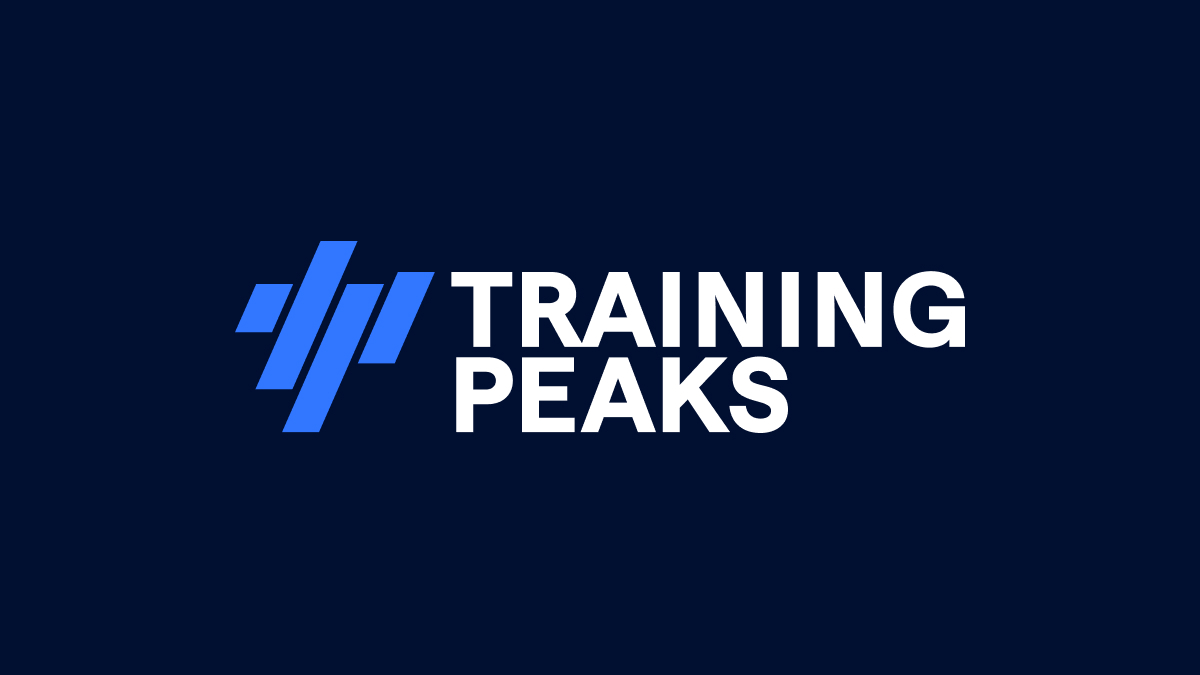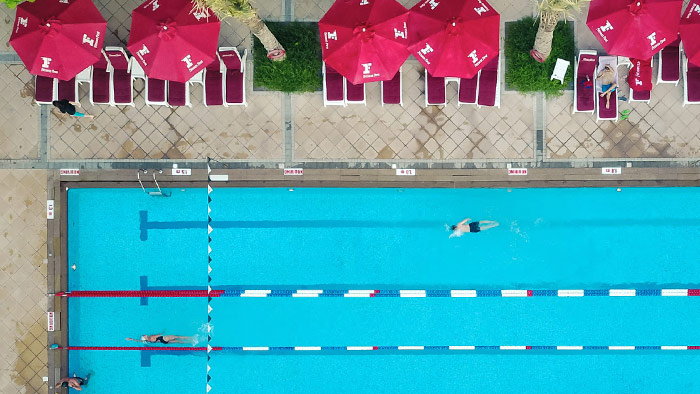For many of us, travel is a necessary part of every season. Whether you’re lucky enough to travel for racing and training, or you’re just taking a standard business trip for your job, you’ll need to plan ahead and make some adjustments to stay healthy and minimize the effect on your fitness.
I once traveled on business to Brazil, New York, and back to Europe in the span of three days. Another time I flew to Europe, South Korea, Japan, and back to Europe — also in the span of three days. Both instances I was training for an IRONMAN. How did I survive such schedules and manage to integrate training into my professional life?
Here are the main challenges I’ve come across, and some ideas on how to solve them.
Crossing Time Zones
Crossing multiple time zones is a big stress to our system, and we shouldn’t ignore this fact. One rule to travel by is that your body needs one full day to adjust to each hour of time difference. In other words, if you are traveling from Europe to Hawaii, you will need 12 days to fully adjust to the new rhythm of day and night.
So what do you do if you don’t have 12 days to adjust to your new surroundings? I suggest you try to proactively shift your internal clock by going to bed and getting up progressively earlier or later, depending on which direction you’re traveling. When you’re on the plane, adjust your watch to the time of your final destination and start sleeping and eating according to the new time zone right away.
When crossing a small number of time zones (three to five hours) traveling westward, train at midday or early in the evening. This will help your body synchronize to the new time zone and keep you awake. After an eastward flight, train in the early evening, and avoid prolonged (more than one hour) naps during the daytime.
For emergencies, and especially in the context of business travel, when you need to be fully present during important meetings, you can try light therapy glasses (like AYO), which mimic natural sunlight and can help you feel more awake.
Staying Healthy
Congested, air-conditioned airports and planes are perfect incubators for all sorts of viruses, which can easily take hold when your body is stressed. One way to bolster your defenses is to stay hydrated and eat fresh, vitamin-packed food (unlike the packaged fare typically found on planes). Not only do airplane meals typically fail to satisfy a hungry athlete with a fast metabolism, but they often lack the nutrients you need to be at your best when you step off the plane. Make sure to pack these quick items to stay healthy when traveling:
- Keep your bike bottle handy — you can refill it to stay hydrated. I recommend adding a low-calorie hydration tab (for example, a Precision Hydration 500 tab) to your water to replace lost salts.
- Pack energy bars, fruit, nuts, and peanut butter sandwiches in your travel bag. This will help you eat small snacks and avoid big meals. Arriving somewhat hungry and having a good meal at your destination, according to the new time zone, will help you acclimate.
- I always travel with my favorite tea, some ground coffee, and a small French press to keep my caffeine routine consistent. There’s nothing worse than trying to hunt down decent coffee in a new place when you have jetlag!
- Pack a microwaveable container, a set of cutlery, and a Swiss knife (in your checked bag, if flying). You’ll always be able to prepare a relatively healthy meal even if you’re stuck in under-equipped accommodations.
- Keep a small bottle of hand sanitizer in every bag. Think about the surfaces you and a million other passengers touch — handles, touch screens, tables, etc. When traveling, you really can’t disinfect your hands enough!
- Another travel must is a buff, scarf, or a facemask (for the brave). Covering your nose and mouth can save you from the dangers of a coughing neighbor, and keep you warm on a cold plane.
Adjusting to New Climates
Humans are not ostriches — we, unfortunately, are not able to match our body temperature to the environment. Be sure to dress properly (several layers, if it’s cold) and avoid long exposures to temperatures drastically warmer or colder than home, especially at the beginning of the trip.
You will also need to be aware of local weather peculiarities. For example, a very hot day in Africa is always followed by a very cold night — when the sun goes down, the temperature can drop 20 degrees within an hour, which makes it easy to catch a bad cold. To be aware of such weather traps, make sure to read up on the local climate before you travel.
Balancing Training with Work
Travelling, sleepless nights, first impressions, and long meetings all add up, so tell your coach in advance about any upcoming business travel. The reality is that you will probably need to decrease your training volume, but with some planning, you can still maintain a positive trajectory.
In my coach training library, I have a special folder labeled “travel training” for my executive athletes. It contains various treadmill sessions like accelerated runs, hill repeats, and power endurance. If they have access to a hotel gym, I recommend “cardio party” sessions with a mix of different cardio machines as well. If not, I have them do strength and conditioning sessions, with bodyweight only, which can be done in a hotel room.
The important thing is not to push your training if you feel truely fatigued. Sometimes it is better to sleep an additional hour, than further suppress your already suppressed immune system. Travelling is stress, and you might even need a recovery week following your travel week to fully recover!
Blending Sport and Culture
No matter where you travel for business, training, or racing, do not forget to be an explorer and adventurer — travel for new experiences, discover new cultures, nature, animals, and plants. Travelling is the ultimate education, and by reading good travel guides and blogs beforehand you can get a sense of local culture and highlights. Do not forgo this opportunity and take some time, if only a couple of hours on a busy trip, to experience local sights. You can do it on your morning run, or combine it with a meeting or a social outing with colleagues and friends. Don’t forget to be open to meet like-minded people as well.
For example, on a morning jog in Rio de Janeiro, I bumped into a local triathlon club who was swimming at the lagoon at Fort de Copacabana and they invited me to join their training (which was a ton of fun). While jogging on the Bund of Shanghai, I joined a group of smiling locals practicing tai chi. You can also go for a recovery walk after the race: for example, walk in the footsteps of Cézanne after the 70.3 race in Aix-en-Provence, or take a boat on the lake of Kärnten or Zürich after an IRONMAN race. Being a fit person, you should always run or hike to key sights, like running on the High Line trail in New York, running and hiking up Table Mountain in Cape Town, or exploring by bike on a city tour.










